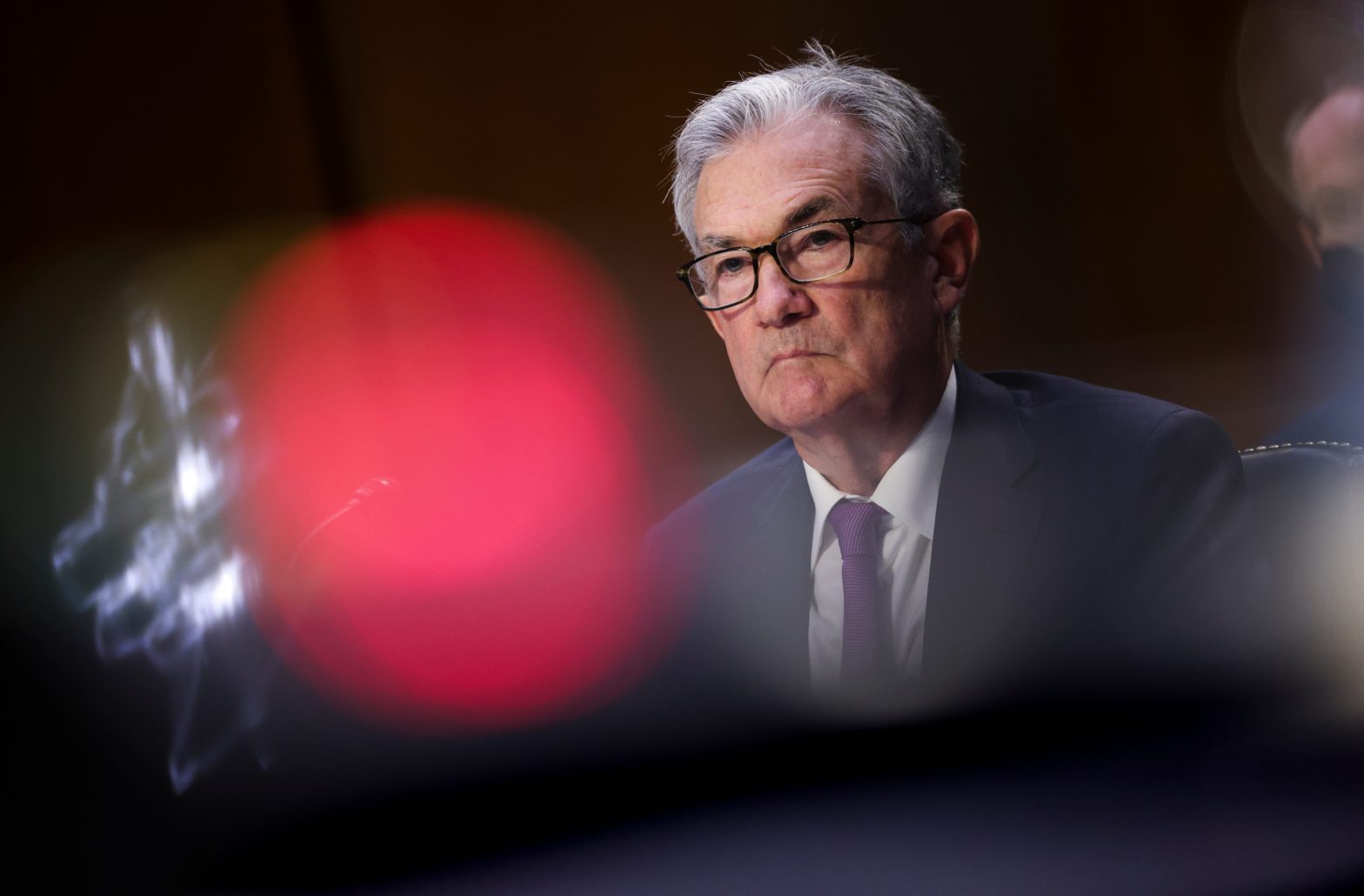The Federal Reserve raised interest rates by 75 basis points Wednesday — its largest hike since 1994. Jerome Powell looks increasingly likely to copy Alan Greenspan’s 1990s playbook, analysts said. Greenspan’s Fed hiked interest rates seven times in 13 months, driving a massive bond sell-off. Loading Something is loading.
The Federal Reserve implemented its largest interest rate hike in 28 years Wednesday.
Bill Clinton was president, Boyz II Men were top of the charts, and Pulp Fiction was still showing in movie theaters the last time the Fed raised interest rates by 75 basis points.
But with inflation at a four-decade high, Chairman Jerome Powell borrowed from Alan Greenspan’s 1990s playbook, announcing a new target rate range of between 1.50% and 1.75% and refusing to rule out a similarly-sized hike next month.
“The actions in the last few days from the Fed brings back memories of 1994,” Emmanuel Cau, an equity strategist at Barclays, said.
The Fed’s latest move injected considerable uncertainty into both stock and bond markets.
The S&P 500, Nasdaq 100, and Dow Jones Industrial Average all rallied after the hike was announced Wednesday, before giving up most of those gains Thursday. Bond yields also slid Thursday, with 2-year US Treasurys down 3.9 basis points to 3.24% and 10-year US Treasurys falling 1.8 basis points to 3.38%.
“Inflation might be more persistent and deeply rooted than previously expected,” Itay Goldstein, a finance professor at Wharton, told Insider. “The market expects that the Fed will need to take tougher and tougher measures, and this is why we see price drops.”
The 1994 playbookGreenspan’s Fed raised rates seven times in 13 months in 1994 and early 1995 in an effort to prevent an overheating economy from driving up inflation.
Between 1994 and April 1995, the Federal funds rate nearly doubled, rising from 3.05% to 6.05%.
Stocks rallied in the aftermath of the Fed’s aggressive rate hikes. The S&P 500 and Dow Jones Industrial Average climbed 36.6% and 42.0%, respectively between the start of 1994 and the end of 1995.
That doesn’t mean investors should automatically expect a soft landing this cycle, according to analysts. US annual inflation was only 2.7% in 1994, according to Worldwide Inflation Data, whereas it hit 8.6% last month.
“After the final hike in early 1995, equities rallied,” Barclays’ Cau said. “[But] with inflation much higher this time and potentially more tightening to come, hard landing concerns are unlikely to go away soon.”
And the return to the 1994 playbook could be far more traumatic for bondholders – because Greenspan’s seven rate hikes led to what’s been referred to as the ‘bond market massacre’.
Rate hikes tend to make bonds less attractive, because they offer less interest relative to savings accounts and they only deliver a fixed return. As rates sharply rose, bond prices plummeted, with over $1 trillion wiped off the fixed income market by November 1994.
“The Fed’s 1994 rate hike was aggressive and dramatic,” Michael Wang, chief executive of the investing platform Prometheus, told Insider. “Bond markets suffered the worst from the swift increase in hikes, with investors caught off guard by hawkish decision making.”
Today’s bonds are already edging towards a bear market, with 2-year Treasury yields, which move inversely to prices, up 2.417 percentage points to 3.151% in 2022. 10-year Treasury yields are up 1.710 percentage points to 3.222% year-to-date.
Read more: Wells Fargo’s investment advisory arm says a recession will hit soon, and stocks won’t get back to their former highs until 2024. Here’s how it says investors should prepare.
